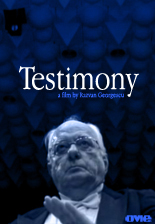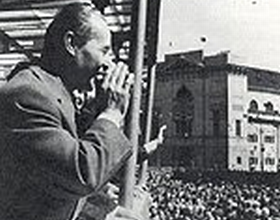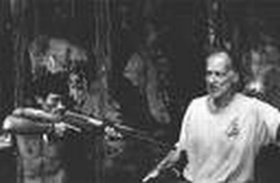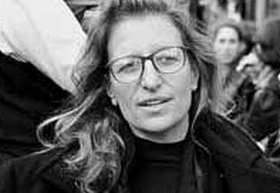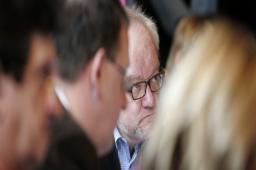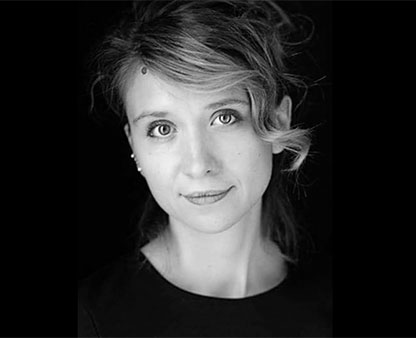

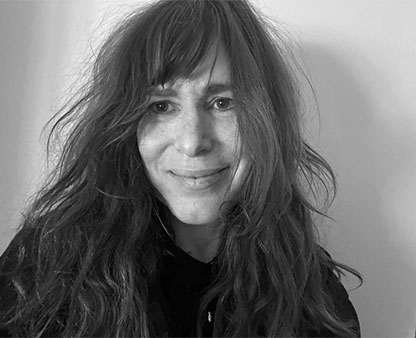
Herzog Footnote 2

Allan refers to the point 5 in the Minnesota Declaration of Werner Herzog:
“5. There are deeper strata of truth in cinema, and there is such a thing as poetic, ecstatic truth. It is mysterious and elusive, and can be reached only through fabrication and imagination and stylization.”
Noone will object to that this is what Herzog at his best has achieved, at least in his “Lessons of Darkness” – it is mysterious and elusive.
But I could mention several “mysterious and elusive” magical moments in films that have been made from the observational approach that Herzog’s whole Declaration was made to oppose.
It reminds me about la nouvelle vague in France (Godard, Truffaut et co.), who rejected the qualities of Jean Renoir and Marcel Carne when they launched their programmme.. Or, in a much friendlier way, our own Danish Jon Bang Carlsen, who had to fight for his “staged documentary” style for many years before it was accepted by hard core documentarians. But that was 20 years ago, long time ago, now we can value both Albert Maysles and Werner Herzog and Jon Bang Carlsen and Joergen Leth and Anne Wivel.


